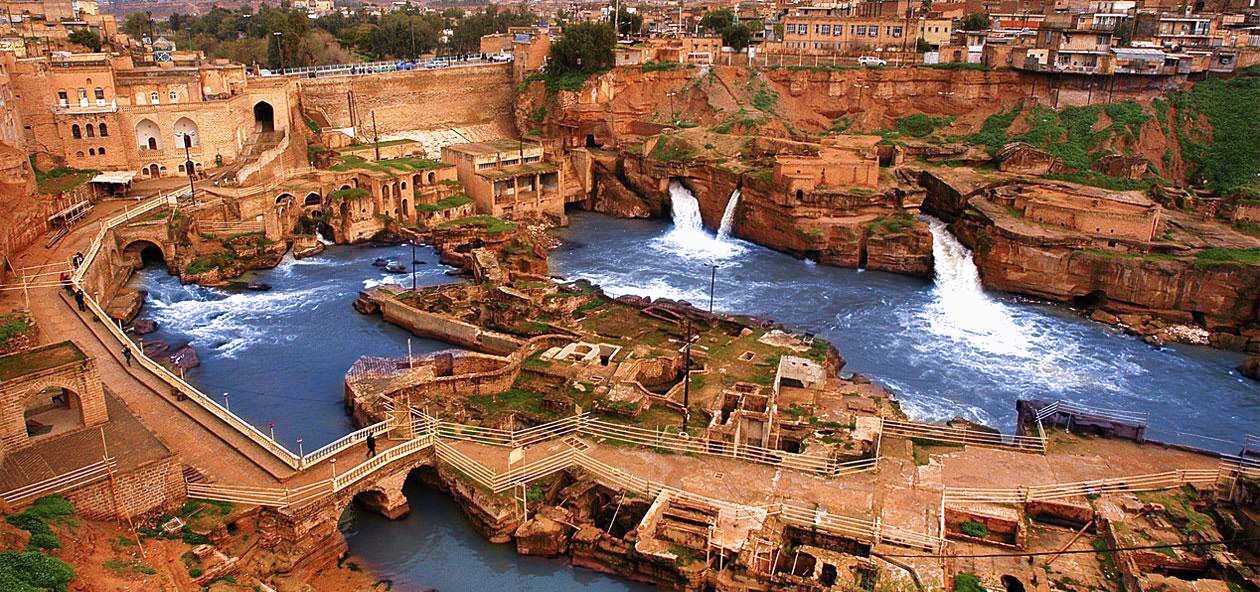Shushtar water structures, a ground for sustainable tourism

TEHRAN—The governor of Shushtar, an ancient city in southwest Iran, has said that modeling water resources management, sustainable tourism, and linking industry with culture can be learned from the capacity of Shushtar's historical water structures.
Marking the anniversary of the UNESCO inscription of the Shushtar Historical Hydraulic System on the fifth of Tir (June 25), Arash Qanbari called Shushtar water structures a precious treasure in the heart of Khuzestan province, IRNA reported.
The monument was registered on UNESCO’s list in 2009, he said, adding that it is a symbol of genius, engineering knowledge, and innovation of Iranians in the management of water resources.
It is expected that national and provincial bodies that recognize the status of this global monument, be more serious about implementing the commitments set by UNESCO, he mentioned.
This system, which dates back to the time of Darius the Great in the 5th century BC, involved the creation of two main diversion canals on the Karun River. One of these, the Gargar canal, remains in use today, supplying water to Shushtar through a series of tunnels that power mills. This system forms a spectacular cliff from which water cascades into a downstream basin before entering the plain south of the city, where it has enabled the cultivation of orchards and farmland over an area of 40,000 hectares.
The Shushtar Hydraulic System is not just an ancient marvel; it is a symbol of human ingenuity and the ability to harmonize with natural elements. The system includes a variety of interconnected elements, such as bridges, dams, tunnels, and mills, all working together to manage and utilize water efficiently. The design and construction of these structures demonstrate a profound understanding of hydraulic engineering and a deep respect for the environment.
The legacy of the Shushtar Hydraulic System continues to inspire modern engineers and architects. Its innovative design and functionality have been studied and admired by scholars worldwide. The system’s ability to sustain agricultural practices and support the local population for centuries stands as a remarkable achievement in sustainable engineering.
KD
